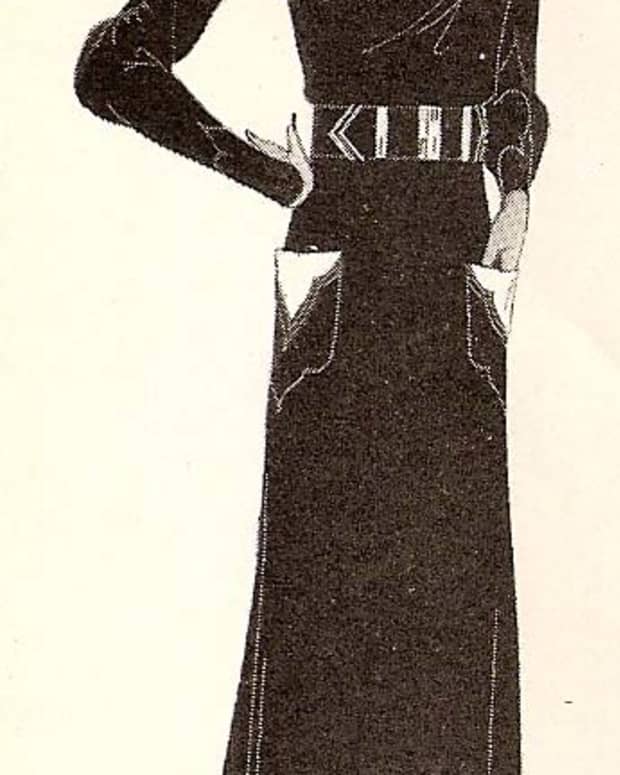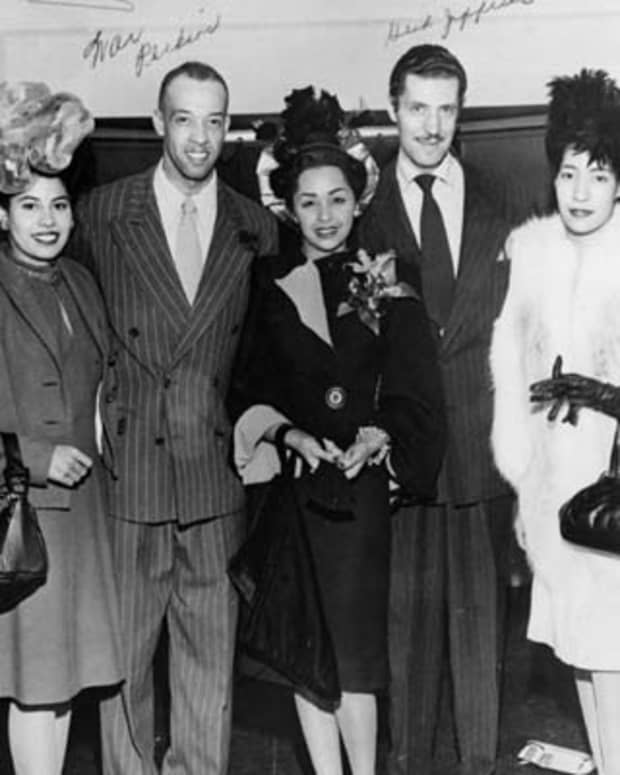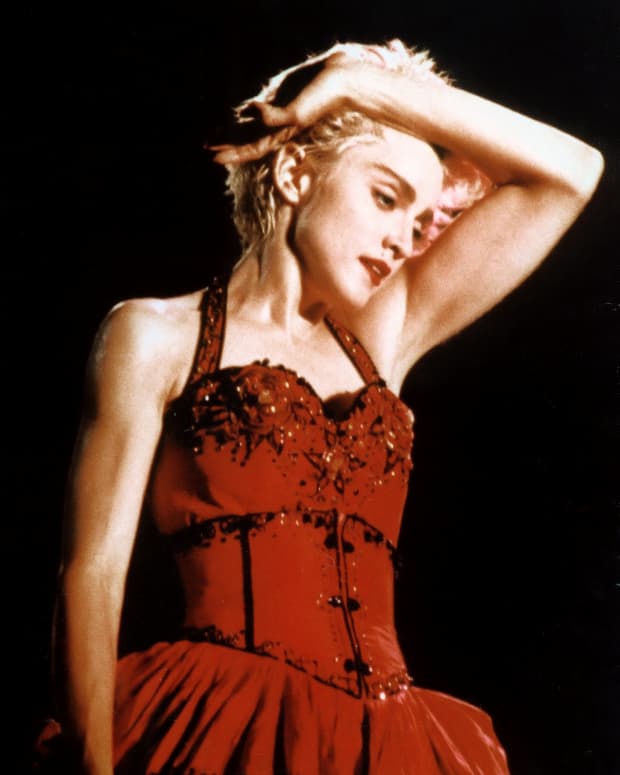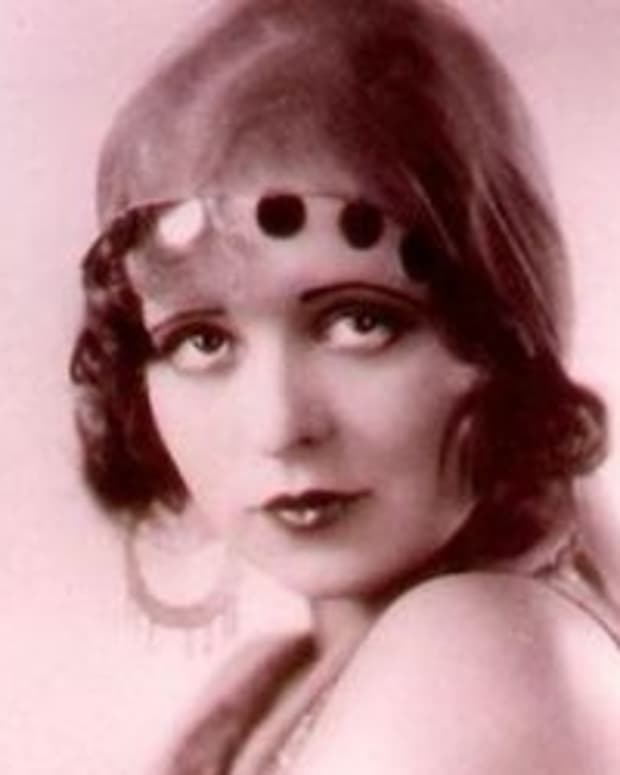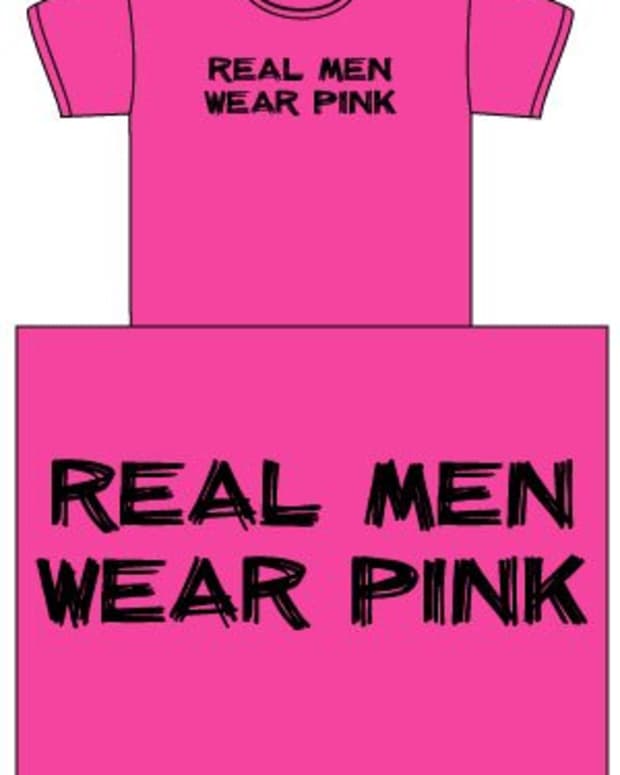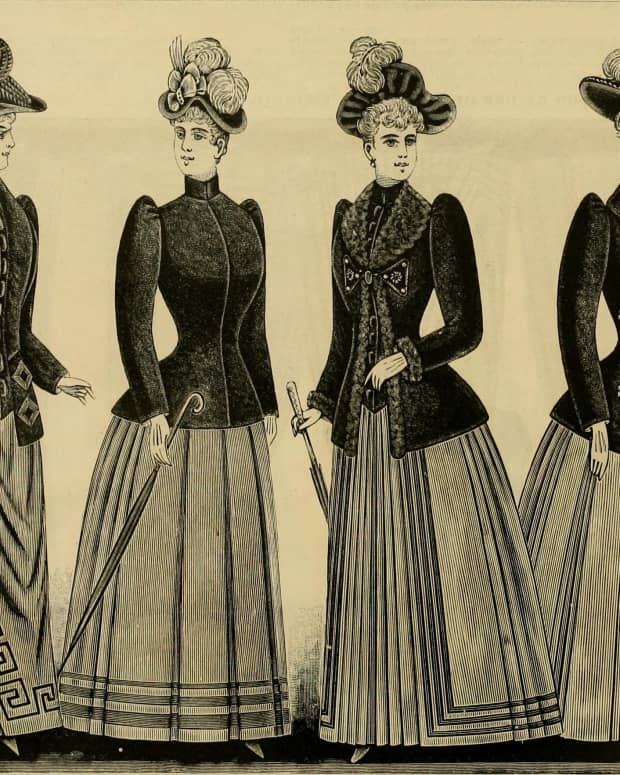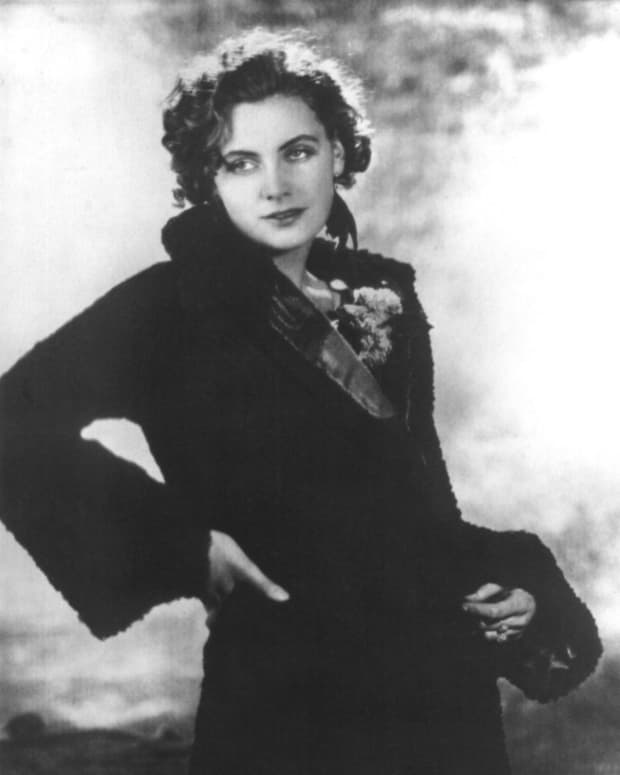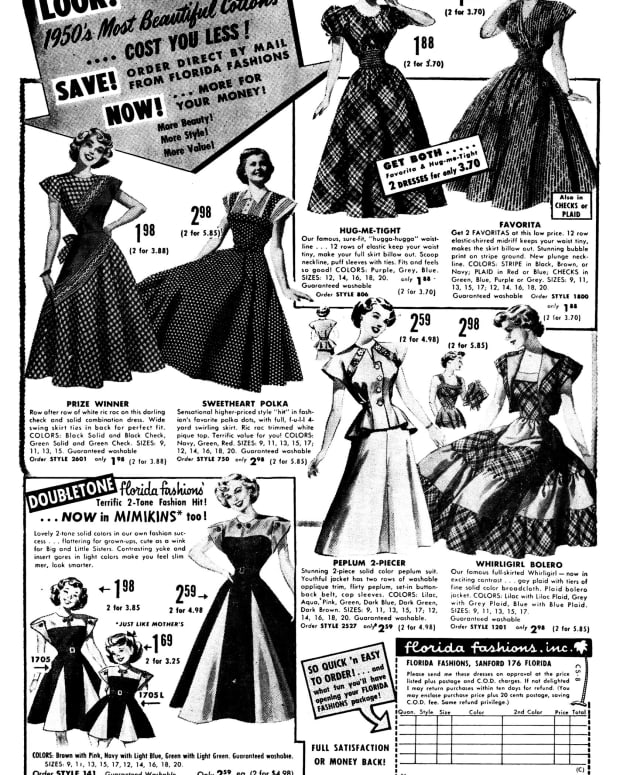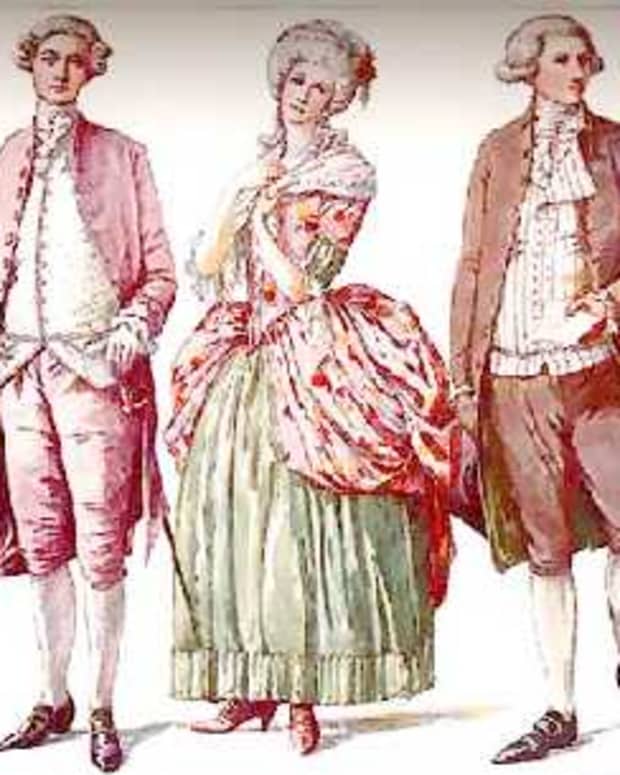Famous Jewish Fashion Designers and Their Cultural Impact
Chantelle has been an online writer for more than 4 years. Her interests include politics, holidays, pets, parenting, Disney, and fashion.

From Ralph Lauren to Donna Karan, learn more about some famous Jewish fashion designers and their impact on popular culture.
Wikimedia Commons
Many Jewish designers are now so famous that they have become household names in popular culture. Who hasn't bought a pair of Levi's? Discover how these designers rose to the top of the fashion pyramid to become ubiquitous in American culture.
In the Beginning
The Jews, just like every other American ethnic group, are immigrants. When the Sephardic Jews fled the Spanish Inquisition in the late 1400s, many settled in Brazil. Two dozen eventually landed in New Amsterdam (now New York City) to form a tiny Jewish community in the U.S. As their numbers grew, they settled in Newport, Rhode Island, and Charleston, South Carolina, and they became a bit more assimilated and even fought in the Revolutionary War.
Then came the European Jews fleeing German persecution in the mid 1800s. By 1880, their number had swelled to 250,000 in a country that counted 50 million Americans. Seeking safety and opportunity, these German-speaking Jews moved west with the country. Many even fought in the Civil War.
The Flood Gates Are Opened
Few migrations in history matched the Jewish flight from Eastern Europe in the late 1800s. The repressive policies of the Russian czar, forced the Jews into one large ghetto, known as the Pale of Settlement, which stretched from the Baltic Sea to the Black Sea. The Pale, characterized by poverty and violent crackdowns, led to more than two million Jews pouring into the US by the beginning of World War I. At the peak they streamed into Ellis Island at a rate of 18,000 a month, with ferries running to New York and New Jersey twenty-four hours a day.
Before the Civil War, most Americans made their own clothes. But in the mid-1800s, with the invention of the Singer sewing machine, the mass production of clothes in standardized sizes was became possible. Dry goods stores – many of them owned by German Jewish immigrants – rushed to capitalize on the opportunity. By 1890, most Americans were buying their clothes ready-made in shops. And by the turn of the century, 60% of all the Jews employed in New York made their living in the garment industry. The stage was set for the development and rise of the fashion designer.
1. Levi's
Jacob Davis, a Jewish immigrant from Latvia, owned and ran a tailor shop in Reno, Nevada.It was 1870 when a woman came in and asked him to make a pair of work pants for her husband who kept splitting his seams. Using a heavy duck twill that he had purchased from the Levi Strauss general store in San Francisco he added, as an afterthought, copper rivets hoping they would keep the seams from splitting. For his work he received $3.00.
The pants were a success and Davis would sell more than 200 pairs of pants in the next 18 months. Swamped by the demand, and fearing someone would copy his idea, he made two pairs of pants, one in twill and one in denim. These he sent to his supplier, Levi Strauss, asking him to partner up and pay the patent fee for the pants. Levi Strauss accepted.
Loeb Strauss was also a Jewish immigrant who had arrived in New York in 1847 at the age of 18 from Germany. When the Gold Rush came, Strauss changed his first name to Levi and set off for California. Having worked in a general store in New York, he intended to outfit the miners. When he read Davis’ letter, Strauss leapt at the chance to patent a winning formula. He and Davis received their patent in 1873. By then, the miners were calling the pants “Levi’s,” so the company patented that name too. Davis and Strauss produced pants together until 1907, when Davis sold his interest to his partner.
Levi Strauss & Co. now sell well over 1,000,000 pairs of jeans every year.


2. Ralph Lauren
Ralph Lauren was born Ralph Lifshitz in New York City in 1939. His parents were Jewish immigrants who had fled Belarus. They settled in the Bronx.
Ralph changed his last name to Lauren at the age of 16 after being continually teased by kids at school. Ralph always had an interest in preppy and vintage clothes and after a brief stint in the Army, Lauren took on a sales job at Brooks Brothers.
In 1967, Lauren began designing his own men’s neckties. Noted for their wider cut, he began selling them at large department stores under the brand name, "Polo". Encouraged by the success of his necktie line, Lauren took out a $30,000 loan and expanded his designs to to include a full menswear line.
In 1970, Lauren was awarded the Coty Award for his men's designs. Following this recognition, he released a line of women's suits and shortly thereafter short-sleeve cotton shirts in 24 colors emblazoned with the polo player logo. The Lauren brand has grown to include a luxury clothing line known as Ralph Lauren Purple, a rough and rustic line of apparel dubbed RRL, a home-furnishing collection called Ralph Lauren Home.
Lauren currently produces clothing for men, women and children and has literally hundreds of stores worldwide. His personal wealth has been estimated to be $6 billion and he is one of the 200 wealthiest people in the world.


3. Diane Von Furstenberg
Eighteen months after she was released from Auschwitz, Liliane Halflin gave birth to her daughter Diane in Brussels. Her father, Lipa, had emigrated from Romania to Belgium in 1929. Though her father was an adventurous soul, it was her mother who the most profound effect upon her, fore teaching her that "fear is not an option". This led to Diane attending Madrid University and eventually the University of Geneva where she studied economics.
Upon graduation, she moved to Paris where she worked as an assistant to a fashion photographer. Her adventures led her next to work as an apprentice to a textile manufacturer where she learned about cut, color and fabric. It was here where she first produced silk jersey dresses.
In 1970 she started designing women's dresses in earnest and by 1974 she had produced her iconic wrap dress for which she is known for even today. (Her jersey wrap dress is on display in the Costume Institute at the Metropolitan Museum of Art for for influence on women's fashion.)
Read More From Bellatory
After the phenomenal success of the wrap dress, Diane's business continue to grow. Her brand includes women's clothes, perfume and clothing for children. Today, her estimated net worth is $1.2 billion dollars.


4. Donna Karan
Donna Karan was born Donna Ivy Faske to Jewish parents who lived in the Forest Hills neighborhood in the borough of Queens, New York City. Her father died when Donna was three years old and her mother moved the family to Woodmere, on Long Island.After graduating high school she attended the Parson School of Design.
After graduation, Karan worked as an assistant designer with Anne Klein where she was promoted to associate designer in 1971. Klein herself died in 1974, Karan, together with her former classmate and friend Louis Dell' Ollio, became head designer of the house. Karan left Anne Klein in 1984 to start her own business.
Karan initially designed Seven Easy Pieces which could all be mixed and matched to create a fully integrated wardrobe. Karan's idea was built around the bodysuit as a base layer, which was designed to offer a smooth silhouette. Her first runway show opened with eight models dressed only in those black bodysuits and tights; they next began adding wrap skirts, pull on knit pants, tailored jackets, and all kinds of stretchy cashmere layers. Donna Karan had created a revolution. It was a modern mix and match system of dressing, with a twist.
In 1988, she extended her brand to include DKNY, a less expensive clothing line for younger women. Two years later, she created DKNY Jeans, a denim-inspired collection.
Karen resigned as CEO in 1997, but continued as a designer for the Donna Karan line. Today, her estimated net worth is valued a $450 million.
A Major Impact on Popular Culture
Whether they changed the working man or woman's "uniform" or created clothes for the masses to aspire to a different class, American culture has been changed by the many contributions of the immigrants who came here looking for a better life. Long may this tradition reign.
© 2015 Chantelle Porter
Comments
Chantelle Porter (author) from Ann Arbor on January 13, 2016:
We really are a diverse country. I think the info we get is slanted to the majority but a lot of people of many persuasions have really become quite successful.
Besarien from South Florida on January 13, 2016:
I love fashion and history. It is awesome that you started with the first immigrants and brought us to now.
What item of clothing is more quintessentially American than Levis? Quoddy leather moccasins maybe? That's about it. I think there are at least a hundred more Jewish designers worthy of mentioning too but the ones you picked have humble beginnings, meteoric careers, and interesting life stories.
It drives me crazy when some people insist that this a Christian country. No! It's an everybody country! That is what is so great about it. Really loved this hub!
Mary Norton from Ontario, Canada on January 05, 2016:
I really enjoyed reading about these designers. But what impressed me was how coming from immigrant families, they went to become major success.
Chantelle Porter (author) from Ann Arbor on December 27, 2015:
Personally, I think I'm going to stick with washing mine.
drbj and sherry from south Florida on December 27, 2015:
And here I have been washing my jeans for years. Who knew? Thanks for this newsflash. I was inspired by Levi Strauss, too, and wrote an 'Interview with Levi Strauss and Jacob Davis.'
Chantelle Porter (author) from Ann Arbor on December 27, 2015:
I couldn't agree more!
Deb Hirt from Stillwater, OK on December 27, 2015:
This is all the more reason to accept those poor Syrian folks trying to escape torture. There is much more greatness waiting to try their chances in the melting pot of America.
Chantelle Porter (author) from Ann Arbor on December 25, 2015:
Thank you. Happy New Year!
MG Singh emge from Singapore on December 25, 2015:
Lots of interesting information. Good hub
Chantelle Porter (author) from Ann Arbor on December 25, 2015:
Thank you. Merry Christmas!
breakfastpop on December 25, 2015:
Thanks for this very interesting and enjoyable read!










